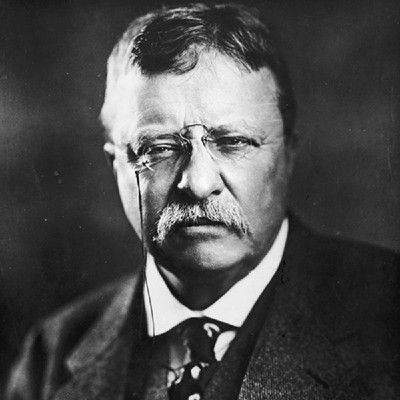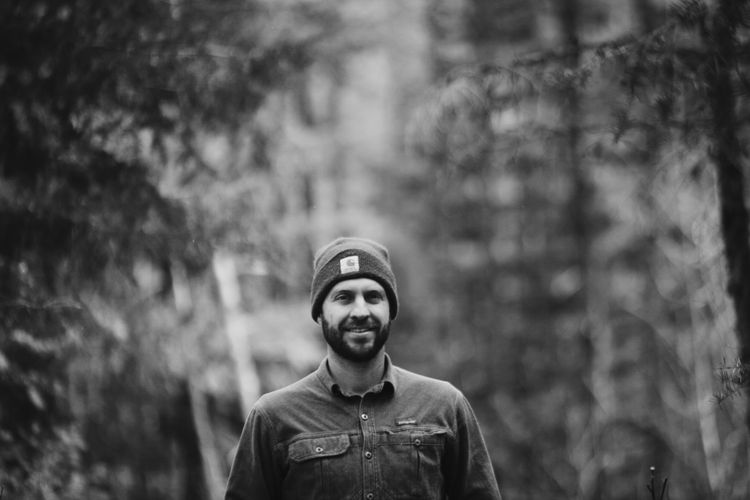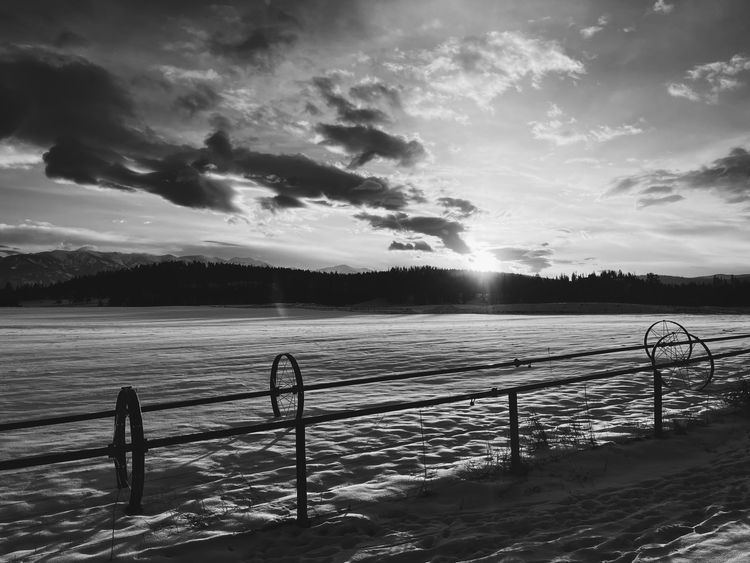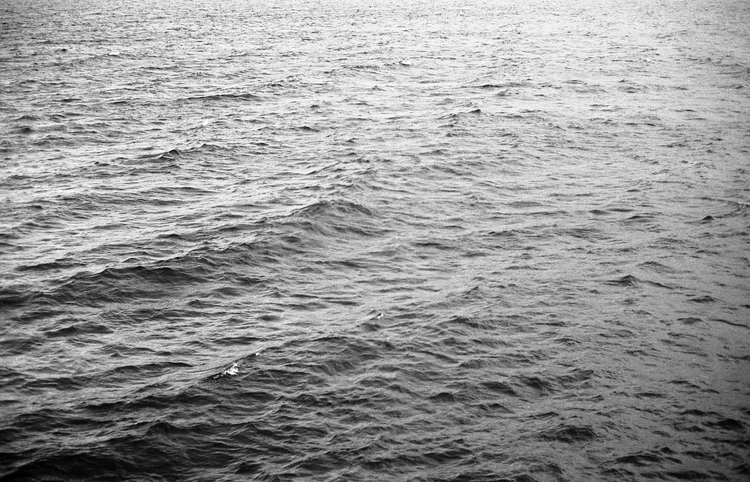Theodore Roosevelt On Building Resilience to Navigate Loss

“The light has gone out of my life,” was all Theodore Roosevelt wrote in his journal after his wife and his mother both died in a span of just 11 hours.*
How does a 25 year-old recover from this type of soul-crushing loss, let alone remarry, and become president of the United States? What impresses me about Roosevelt is how the unraveling of his family was just one of many obstacles he overcame during his "strenuous" life. This article explains why Roosevelt gets my vote as the epitome of a resilient guy, and what I learned while applying his same strategies.
My interest with Teddy began in undergrad at UCSB while taking an American History class. I remember reading about his assassination attempt and being blown away by his bold behavior.
"Ladies and gentlemen,” Roosevelt began, “I don't know whether you fully understand that I have just been shot, but it takes more than that to kill a Bull Moose."
At 54, while running for his third presidency term, Roosevelt was shot in the chest. Instead of rushing to the hospital, he insisted on giving an 84-minute long speech to an awestruck crowd. He had won my respect, while sparking my quest to be more like a bull moose.
Teddy was the first historical figure I read about who had all the characteristics of a guy I could aspire to become. His opposing nicknames, including Teddy and The Bull Moose, speak to his balanced personality. Listen to the words used to describe him: brave, romantic, masculine, physical, a “patient sufferer,” headstrong and aggressive (but only when necessary), resilient.
It's this last trait—Roosevelt’s ability to withstand—that I want to explore with you because it’s the sharpest tool I've found for navigating adversity, especially loss.
Defining Resilience
In River of Doubt, author Candice Millard summarized Roosevelt’s resolve with admiration, and a hint of astonishment:
"Each time he encountered an obstacle,” Millard wrote, “he responded with more vigor, more energy, more raw determination.”
This is textbook resiliency, which goes beyond simply bouncing back from adversity. A guy who is resilient will go on living despite fear, despite obstacles, or a lack of resources.
Therapist Lori Gottlieb offers a visual explanation:
“…when we feel fragile, we’re like raw eggs—we crack open and splatter if dropped. But when we develop more resilience, we’re like hard-boiled eggs—we might get dinged up if dropped, but we won’t crack completely and spill all over the place.”
When it comes to practicing and developing resilience, there's no greater test than the death of someone you love. Loss is so damn difficult because the grief you experience is more than just an emotional response–there are physical symptoms, and even a social component as you navigate the well-meaning, yet overwhelming, response from your community. The complexity of these layers is why grieving is referred to as a process, and why there are multiple stages for dealing with death.
As you begin to move forward, however, it's helpful to acknowledge that the loss you experienced was outside of your control. How you respond afterwards is where you regain authority over your life, which is where resilience becomes useful.
Everyone experiences loss. What interests me is how we all seem to respond to suffering differently. Roosevelt, for example, had a lifetime of practice, and, as you will see, he relied on physical hardship as his therapy. He chose to be an active participant in his journey through the pain, instead of being consumed by it.In her Ted Talk, researcher Lucy Hone, points out that terrible experiences don't discriminate (she lost her 12 year old daughter and her best friend in the same car accident). Despite what you see on polished social media feeds, you are not alone in your suffering.
"Resilient people get that shit happens," Hone argues. "They know that suffering is part of life. This doesn't mean that they actually welcome it in– they're not actually delusional. When the tough times come they seem to know that suffering is part of every human existence."
We know that resilience generates resilience, posing the question, how did Teddy become such a hard-boiled, resilient guy?
Resilient practice #1: Seek guidance
It’s evident from Roosevelt’s autobiography that he began developing his resilient personality at a young age.
Teddy wasn’t born tough, but instead began life handicapped with poor health. A backwoodsman assigned to keep an eye on Roosevelt one summer described him as “a thin, pale youngster with bad eyes and a weak heart.” He also had asthma, which is far from the tough-as-nails president I envision when I hear his name today.
For Roosevelt, it was his dad—a man Teddy idolized—who challenged him to become a better, stronger version of himself.
“Theodore, you have the mind but you have not the body,” his dad told him when he was 11 years old, “and without the help of the body the mind cannot go as far as it should. You must make your body. It is hard drudgery to make one's body, but I know you will do it.”
Challenge accepted.
There’s a support system behind every resilient person. This makes sense from an evolutionary perspective and explains the stability associated with a supportive family or tribe or community. From the day we are born, the strength to overcome obstacles should be a group effort.
Researcher Elliot Friedman explains, “The availability of social support in all its forms—instrumental support, emotional support, support with how you think about things—they all matter and help us in facing challenge.”
Even if you lack the type of family encouragement that Roosevelt had, it’s important to seek outside guidance from someone you trust. That can be your partner, a buddy, a parent of a buddy, a coach, or even a doctor.
Resilient practice #2: Find therapy outdoors
During his sophomore year at Harvard, Roosevelt’s dad died unexpectedly from stomach cancer. He finished the school year like the disciplined teenager he was, then escaped to the woods of Oyster Bay with his horse and his thoughts. He needed to process his grief using the only therapy he knew: physical hardship in the wilderness.
Psychologists, with their many labels, might call this coping mechanism "escapism," but nitpicking behavior isn’t always helpful. What was helpful for Roosevelt was having a strategy to deal with his loss, especially considering it wouldn’t be an isolated event. His father was "the best man I ever knew” and Roosevelt needed an outlet to process his emotions, which he found in the challenging natural environment of rural New York and Maine.
Just a few years later, Roosevelt would once again rely on this strategy to deal with the loss of his wife and mother. Once again he fled to nature. This time to the Dakota Badlands where he ranched and hunted for two years.
It’s unclear how his family felt about his departure (he left his newborn daughter with his sister, so probably not thrilled), but in retrospect this period of mourning was productive as it reinvigorated him while shaping who he would become two decades later as president. His proudest achievements, for example, revolved around land conservation, protecting over 230 million acres that I gratefully get to hunt and fish today.
"I have always said I would not have been President had it not been for my experience in North Dakota.” – Teddy Roosevelt
The things Teddy didn't do are equally important to his healing process. He didn’t pretend life was fine, for example, and continue on with business as usual. He didn’t blame anyone or wallow in his pain. Instead, he knew he needed to get blood flowing to the brain and he chose to overcome his grief through action.
One last example worth mentioning occurred late in Roosevelt’s life after losing the presidential election–a loss his wife Edith feared would put him into a spiraling depression. Roosevelt booked it to the Amazon jungle–one of the most remote and dangerous places in the world–to spend time with his son Kermit. The trip brought him to the brink of death, but he arrived back home a mended man.
Resilient practice #3: Open up by writing it down
The opening line about the darkness that Teddy felt after his wife and mom died was written in Roosevelt’s journal, along with all the other thoughts and experiences throughout his life. These intimate details are useful for his autobiographer, but think about how useful it was for Roosevelt!
As novelist Jack London suggests, “Cheap paper is less perishable than gray matter. And lead pencil markings endure longer than memory.”
Roosevelt adopted his daily writing habit at 7 years-old as a way to process his thoughts, while also serving as a database to reflect upon. He forced himself to stop and look back at his daily life to evaluate who he was, what he was working towards, and why it mattered to him. He had almost 20 years of practice with this tool before his wife died.
This insight provided Roosevelt with the details of his strengths, while uncovering his weaknesses. It allowed Roosevelt to see where he needed to direct his energy.
“I am only an average man,” Roosevelt famously said, “but, by George, I work harder at it than the average man.”
Of all the mental health tools I practice on a daily basis, exercise is number one, but writing things down is a close second. Typically at night, I’ll do a brain-dump in order to process the day and relax my mind before sleep. It allows me to let go of the day, which I've found rivals any dose of melatonin.
Similarly, writing helps build resilience by allowing the space to process your experiences, which in turn helps you move forward. A study done at Southern Methodist University found that writing about a traumatic experience for 4 consecutive days negates the physical impact from the stress of holding on to the traumatic experience.
The book Opening Up By Writing it Down, offers an explanation for how writing and language help us create meaning out of an undesirable event like loss. Social psychologist James Pennebaker calls this "expressive writing" which, as he has argued since the 80's, provides a better understanding of your problems and your reactions to them. It allows you to stand back and look at your situation from a different perspective. Here's James:
"...when people transform their feelings and thoughts about personally upsetting experiences into language, their physical and mental health often improve. The links to PTSD are still tenuous. However, an increasing number of studies indicate that having people write about emotional upheavals can result in healthy improvements in social, psychological, behavioral, and biological functioning."
This also explains why it's valuable to have a counselor or therapist guide you through the grieving process–they prompt you to verbalize your experience. But, if you’re not interested in talking to someone right now, then try writing. Write for 2-15 minutes a day, for 3 consecutive days. Think about, label, and begin to organize your thoughts and emotions.
Takeaway
Roosevelt struggled like we all do. His story, however, offers a case study in the benefits of pursuing growth during difficult times.
Convenience is celebrated today, likely because we are inherently lazy animals primed to conserve calories and energy. Of course, we want things done quickly and cheaply. But that type of living is not how we become resilient. Instead, Roosevelt preached the merits of a strenuous life, and benefited from mental strength that I envy today.
This is how Teddy learned to navigate his life, but remember, resilience is a learnable skill, and, like all skills, practice is key, so choose your tools and stick with them.
In Resilient, Dr. Rick Hansen, refers to this practice as "growing resources in the mind."
"You can’t always count on the world, other people, or even your own body. But you can count on durable inner strengths hardwired into your nervous system."
Growth comes from processing your experiences in a healthy way, and growth leads to resilience, which in turn makes the process more manageable for the next bit of adversity that comes your way.
Roosevelt died in his sleep at the age of 60 from a pulmonary embolism. Woodrow Wilson's vice president, Thomas R. Marshall, summed up a life well-lived:
"Death had to take Roosevelt sleeping for if he had been awake, there would have been a fight."
That's the type of guy I strive to be. Yes, it is "hard drudgery" but positive life changes can come from negative experiences.
*On February 14, 1884 Roosevelt's mom died of typhoid fever. That same day, his wife of four years, Alice Lee, died from kidney disease, just two days after giving birth to their daughter, Alice. Brutal.





Member discussion